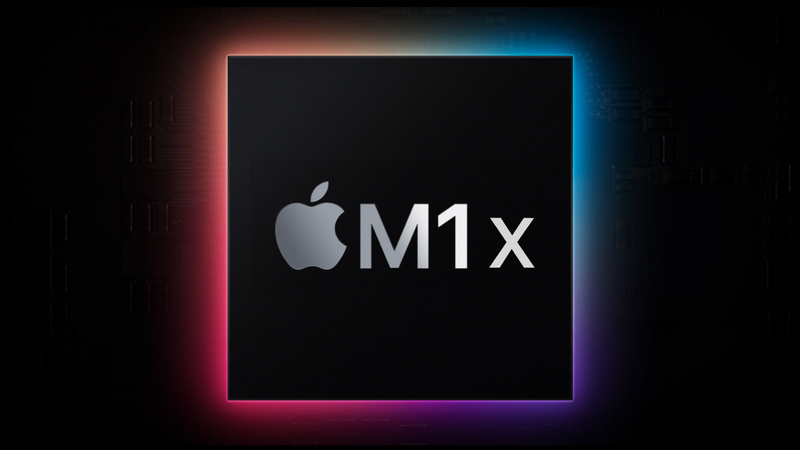Benchmarks have appeared for what is widely thought to be the next generation of Apple’s Mac processors. The M1X is expected to follow the M1 that was introduced in November 2020 and feature in the next editions of the MacBook Pro and iMac.
Here’s everything we know about the successor to Apple’s M1 Chip.
What is M1X?
The M1X Chip is thought to be the name for the next generation of Apple Silicon. It will be Apple’s second ARM-based processor built for Mac.
Rather than jumping straight to the M2, it seems that it is Apple’s plan to introduce a speedier version of the same basic processor with more processor cores and more graphics cores.
If the rumours and leaked benchmarks from CPU Monkey are to be believed, this new version of the M1 Chip – the M1X – will offer a big improvement on the M1 Chip found in the November 2020 updates to the MacBook Air, entry-level MacBook Pro and the Mac mini.
Release date
The M1X is expected to arrive in the second quarter of 2021. Which could mean we see it this spring, or at the latest at WWDC in June.
Which Macs will feature the M1X?
We think that the M1X will be used in the next update to the iMac and the 14in MacBook Pro.
It may also be used in the 16in MacBook Pro and 27in iMac refresh, although we hope those models could gain the M2 Chip.
M1X processor
All the rumour point to there being 12 cores in the Apple M1X. That’s an increase compared to the eight cores found in the M1. Where the M1 had four high-performance cores (codenamed Firestorm) and four energy-efficient cores (codenamed Ice Storm). In contrast there will be eight high-performance Firestorm cores in the M1X.
Apple didn’t reveal the clock speed of its M1 processor, but the benchmarks suggested that it was clocked at 3.2GHz. This hasn’t changed for the M1X – according to the leaked benchmarks the new chip will still be clocked at 3.2GHz.
Like the M1 the M1X will still be based on a 5nm production process.
These extra cores will require more power, and the benchmarks indicate that the wattage will increase, maxing out at 45 watts for the M1X compared to the M1 Mac mini which maxed out at 39 watts. This is still pretty good going given that the 2018 Intel Mac mini maxed at 122 watts.
M1X graphics
The M1 Chip offered eight graphics cores (or seven in the case of the entry-level MacBook Air). For the M1X we can expect to see a 16-core GPU.
The benchmarks indicate that there will be 256 execution units for the M1X, compared to 128 execution units in the M1.
M1X RAM
Like the M1 Mac the M1X benchmarks indicate that there will still be a 16GB max for RAM.
M1X display support
The benchmarks also indicate that the M1X will run up to three displays – which will be an improvement compared to the M1 MacBook Air and MacBook Pro which can only support one additional display (unless you follow this tutorial: How to connect two or more external displays to Apple Silicon M1 Macs.
The M1 Mac mini can at least run an Apple XDR and a 4K display together.
What about the M2?
According to a Bloomberg report, Apple’s at work on a number of new Mac processors.
As well as M1X Apple is also developing in-house CPUs that boast 16-core and 32-core GPUs. The Bloomberg report from December 2020 suggested that Apple is working on designs with as many as 16 power cores and four efficiency cores, according to sources.
For higher-end desktop computers and a new smaller Mac Pro Apple could offer 32 high-performance cores – but those chips aren’t expected until 2022, according to Bloomberg’s sources. The ultimate Mac Pro desktop maxes out at 28-cores currently.
Alongside the 16-core GPU anticipated for the M1X Apple is said to be working on a 32-core graphics option, and by 2022 we could see 64 and 128 dedicated cores in Apple’s highest-end machines, according to Bloomberg’s sources.
You may also like to read: Mac trends in 2021 – The super Macs are coming.

